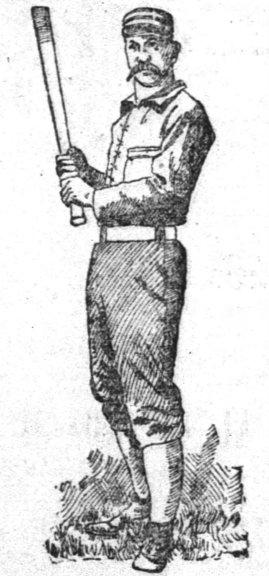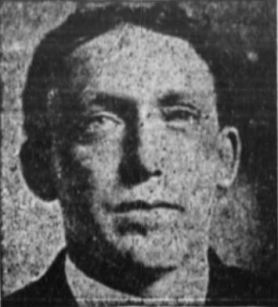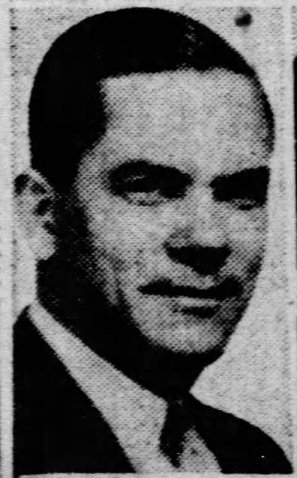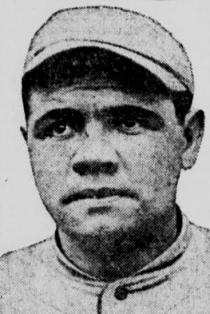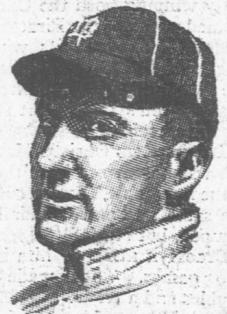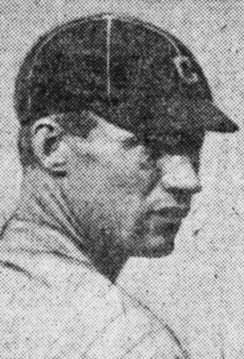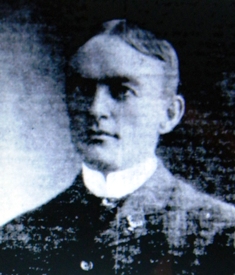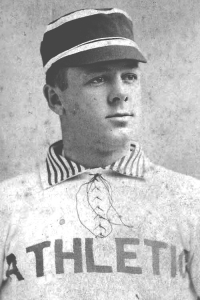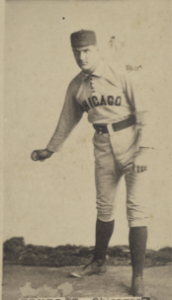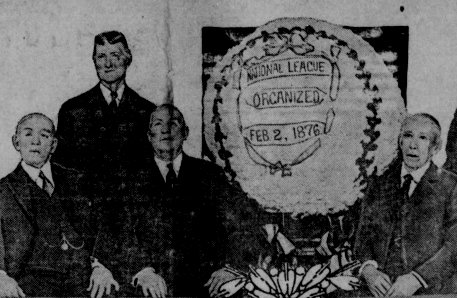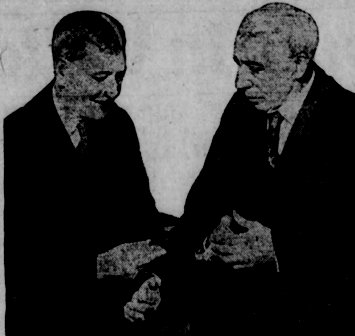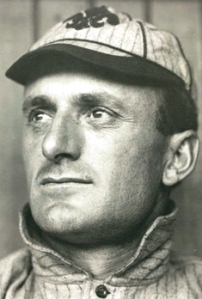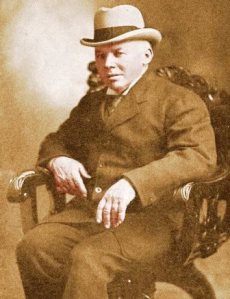“The upward climb of baseball as an honorable profession,” is how, in 1908, Bozeman Bulger described the transformation from the 19th Century game to the current game in The New York World.
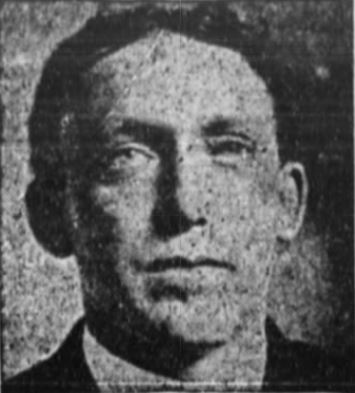
Bozeman Bulger
“Fans who have watched the championship games for the past twenty-five years often comment upon the fact that the ballplayer of today is so different from the product of the 80s. The difference lies in the fact that the present-day athletes of the diamond are vastly superior not only in ability, but in education and general culture. The average player that is seen every day on the diamond is a gentleman in every sense of the word.”
Not just that, said Bulger but in many homes of current players “can be found libraries,” and some “are really connoisseurs of art.”
Bulger’s example of the current, honorable player was New York Giants first baseman Fred Tenney, who told him:

Fred Tenney
“I have often been asked why I chose to be a ballplayer when I had several professions open to me. Some seem to think it is a downward to branch out into professional baseball. I always answer by saying that doctors, lawyers, bankers, and writers are plentiful, but in the entire United States there are not more than 200 first-rank ballplayers. They have scraped this country from Canada to the Gulf—even to the coal mines—with a fine-tooth comb, but they can find no more.”
Tenney asked Bulger:
“What profession can we find that is better for a man than baseball? It is both honorable and profitable, and that is why I am a professional ballplayer.
“Yes, I am a college graduate. I won my diploma from Brown University. I entered the national game knowing full well what I was doing, and I have never had a cause to regret it. The profession is not only honorable and profitable, but it is healthful. I have a little home at Winthrop, Massachusetts, just outside of Boston, and to be there with my wife and little girls after the season, I assure you, is a most happy existence.”
Bulger said he had visited Tenney at home earlier during the season, and observed:
“(T)he first baseman of the Giants is an artist as well as an athlete. He spends most of his leisure hours in water-color studies. Some of his pictures are not only clever, but show that he has made a thorough study of art.”
Tenney said he felt a need to “uplift” baseball:
“Of course, I know that the profession of ball playing has not been looked upon as one of the highest professions. May of our professions did not rank very high at the start…I regard it as quite an honor to be among the topnotchers in any profession that is honorable, and nothing pleases me more than to know that I am generally considered among those two hundred ballplayers who rank as first class.”

